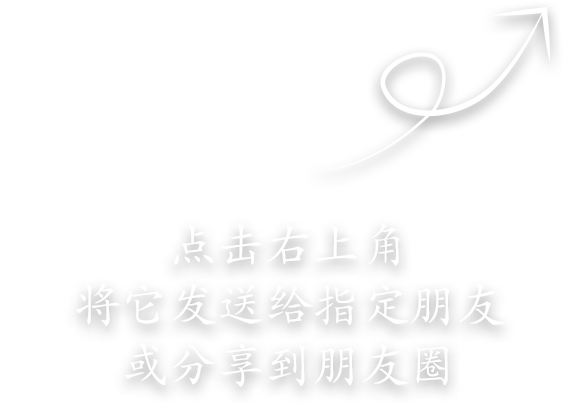
A pneumatic solenoid valve controls compressed air or fuel waft in pneumatic structures the use of an electrically operated solenoid. typically used in commercial automation and production, key components include the solenoid, valve frame, ports, and a spring or actuator for default positioning. Energizing the solenoid creates a magnetic area that moves a plunger to open or near the valve, redirecting airflow. kinds include 2-manner valves.

A solenoid primarily converts electrical energy into mechanical motion via electromagnetic force, moving an armature to operate devices like valves, switches, or relays. It also serves as an electrical switch by opening or closing contacts to control circuits or direct flow in automated systems.

A pneumatic solenoid valve controls compressed air flow using electromagnetic force. When electric current activates the solenoid coil, a magnetic field moves the armature, opening or closing the valve to allow or block air flow, depending on its default position.

Pneumatic solenoid valves are primarily for air/gas control but are not ideal for water due to material incompatibility and seal/construction issues. Standard materials may corrode easily with water, while water-resistant alternatives use specialized plastics or stainless steel. Additionally, pneumatic valves handle lower pressures and are designed for airflow, making them less suitable for water systems.

A pneumatic valve controls air/gas flow in a system to operate components like actuators or cylinders. It opens/closes to allow/stop compressed air flow. Solenoid valves use an electromagnet to move a mechanism. Key components include the solenoid coil, armature, valve body, ports, and spring for resetting.

This article provides a detailed explanation of a code system for solenoid valves, including components such as entrance-exit numbers, series, types, nozzle diameters, and standard voltages for both AC and DC. It offers examples like "4v-1 10 06 AC 10V" and specifies meanings for each segment, such as valve type, series, function, nozzle size, and operating voltage, aiding in understanding and selecting the appropriate solenoid valve based on application requirements.

The key differences between pneumatic and hydraulic solenoid valves lie in their fluid type and operating pressure. Pneumatic valves control air or gases at low pressures (0-10 bar), suitable for automation and robotics. Hydraulic valves manage liquids like oil at high pressures (70-350 bar) for heavy-duty applications such as construction and manufacturing.

The ACQ Ultra-Thin Pneumatic Cylinder is ideal for space-constrained applications due to its compact size and lightweight design. Its slim profile allows versatile installation in tight spaces without sacrificing performance, while its reduced weight enhances energy efficiency and is advantageous in industries requiring precise and lightweight solutions.




